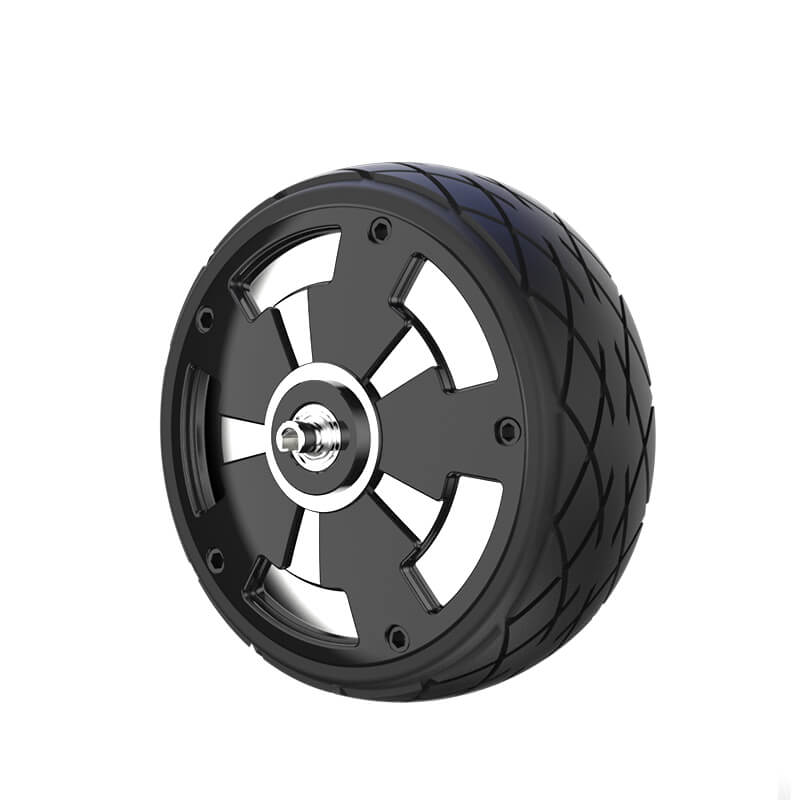In the vibrant universe of electronics and robotics, few components spark as much fascination as servo motors. These little actuators pack a punch when it comes to delivering precise, controlled rotational or linear movement—a feature that opens up endless possibilities for hobbyists, engineers, and tinkerers alike. Pairing a servo motor with an Arduino microcontroller creates a synergy that transforms simple projects into dynamic, automated systems.

What is a Servo Motor?
At its core, a servo motor is a compact device designed to rotate to a specific position within its range, usually 0° to 180°, based on an input signal. Unlike regular DC motors that spin continuously, servos are engineered to provide a precise angle of rotation, making them ideal for tasks requiring accuracy. They are common in radio-controlled vehicles, robotic arms, camera gimbals, and more.
Components of a servo motor:
Motor: Usually a small DC motor. Gear train: Reduces speed and increases torque. Position feedback device: Typically a potentiometer that detects the motor's rotational position. Control circuitry: Processes signals and drives the motor accordingly.
When a control signal is sent, the servo's internal circuitry compares the incoming command with the feedback from the potentiometer. It adjusts the motor's position until the two match, resulting in precise movement.
Understanding PWM (Pulse Width Modulation)
Before delving into how the Arduino communicates with the servo, it's crucial to understand PWM. It might sound complex, but it’s simple at its core.
PWM involves sending a digital signal that oscillates between HIGH and LOW states, with varying durations. The 'duty cycle'—the percentage of time the signal stays HIGH during a cycle—determines the apparent power delivered to a device.
For servos, the control signal is a PWM pulse where:
Frequency: Usually set to 50Hz (20 milliseconds period). Pulse width: Varies typically from 1ms to 2ms corresponding to 0° to 180° angles.
For example:
A 1ms pulse (5% duty cycle at 50Hz) generally positions the servo at 0°. A 1.5ms pulse (~7.5% duty cycle) moves it to 90°. A 2ms pulse (10% duty cycle) rotates it to 180°.
The Arduino and Servo Control
The Arduino platform simplifies the control of servo motors via dedicated libraries and functions. Using the Servo.h library, you can easily command your servo to move to specified angles with just a few lines of code.
Here's the basic setup:
Connect the servo's power wire (usually red) to 5V on Arduino. Connect the ground wire (black or brown) to GND. Connect the signal wire (white or yellow) to one of the digital PWM pins, such as pin 9.
The Arduino then sends PWM signals that correspond to the desired position, achieving real-time, accurate control.
Building the Basic Circuit
The simplest setup involves:
Arduino Board (UNO, Mega, or Nano) Servo Motor (standard size) Connecting wires
Ensure the power supply can handle the servo's current requirements. For small servos, powering directly from the Arduino's 5V may suffice, but for larger or multiple servos, an external power source is recommended.
Example: Basic Code to Control a Servo
#include Servo myServo; void setup() { myServo.attach(9); // Attach the servo to pin 9 } void loop() { myServo.write(0); // Rotate to 0 degrees delay(1000); myServo.write(90); // Rotate to 90 degrees delay(1000); myServo.write(180); // Rotate to 180 degrees delay(1000); }
This simple script makes the servo cycle through three positions, showcasing basic movement control.
Stay tuned for Part 2, where we'll explore more advanced control techniques, feedback mechanisms, applications, troubleshooting, and innovative projects using servo motors with Arduino.
Leveraging innovations in modular drive technology, Kpower integrates high-performance motors, precision reducers, and multi-protocol control systems to provide efficient and customized smart drive system solutions.




































